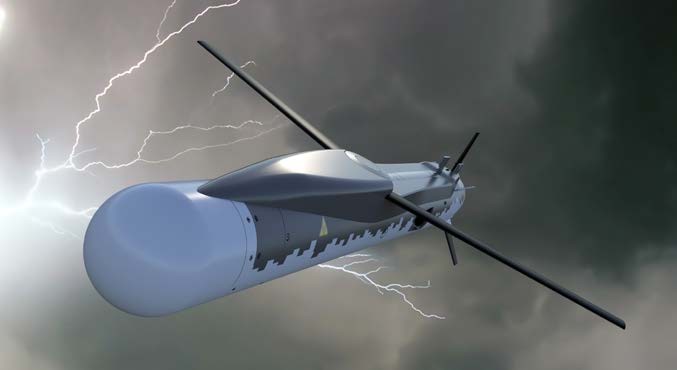What do we mean by Electronic Warfare?
Electronic Warfare is a term perhaps not as easily understood outside specialist communities, but it’s becoming increasingly important. The world is more connected than ever before – and that can make us vulnerable. Think about how the smartphone in your pocket talks to the watch on your wrist or how your smart home device communicates with the lights in your living room. The same applies to the military space.
There are sensors and connections in everything we do, giving us a shared operational picture that expands beyond an aircraft to the troops on the ground, the ships and submarines. While it gives us fantastic insight and strengthens our abilities, it also creates a large target for hostile operators to exploit what we’re doing.
Is EW a new thing?
No. Communicating via the electromagnetic (EM) spectrum has always been an integral part of how any aircraft is used. The spectrum is made up of all types of EM radiation, from visible light and radio waves to infrared light, ultraviolet light, X-rays and gamma rays. Electronic Warfare is everything that can be done to ensure friendly use of the electromagnetic spectrum while stopping the enemy from using it themselves.
A simple example is you want to use your radio, but your enemy wants to use the radiowaves as well. Electronic Warfare is used to stop them from using your radiowaves, but also to stop them from stopping you from using your radio.

So in simple terms what does EW look like?
There are three types of EW – Electronic Attack, Electronic Protection and Electronic Support.
1. Electronic Attack.
This is what we do to reduce the effectiveness of how the enemy is trying to use the spectrum. Are there hostile radio frequencies I need to jam, are hostile weapons being employed – it’s all about the things we use that seek to stop hostile use of the spectrum.
2. Electronic Protection.
This is how we protect ourselves against what an opposition force might do to us. That might be how we design our radars so they are not susceptible to jamming or using decoys to present a more seductive target.
3. Electronic Support.
This enables the other two. This involves getting information about the hostile signals using radio or certain radars that allow the operator to make decisions about how they will continue. Am I going to shoot at them, are they going to shoot at me? It’s time-critical and technical and provides information about what they’re doing, which then leads on to the other two.
Have we reached the ultimate in EW?
It’s an ever-evolving landscape and there’s a constant need to be innovative. In effect, we are in an EW arms race as technologies progress. Radar technology is advancing all the time and, of course, the physical methods we can use on an aircraft are determined by the size of the aircraft itself – you can’t fit something the size of a tank onto an aircraft.
Does Eurofighter have good EW credentials?
The Typhoon has excellent EW credentials in self-protection, with a suite of detection, identification and classification systems, and a broad range of countermeasures across the spectrum. German Parliamentary budgetary approval has also recently been granted to develop a version of Typhoon specifically for Electronic Combat (the EF EK).
This is a really exciting development for Eurofighter, including a new transmitter location and self-protection system, and integrating the AARGM anti-radiation missile. These developments include cutting-edge technology, such as AI analysis of signals to determine appropriate self-protection measures, to provide a first-class capability that strengthens and augments Typhoon’s strong operational base.
